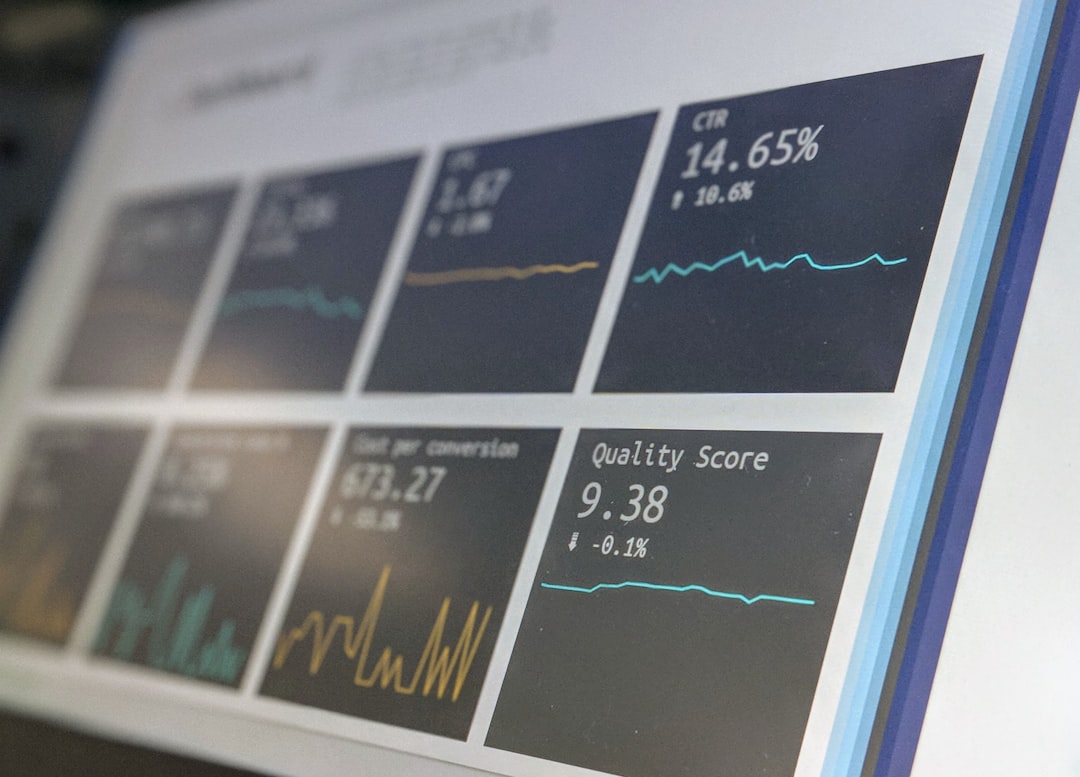
Streamlining Device Data Flow with API Autoload Optimization Techniques
In today’s fast-paced digital landscape, the efficient transfer of device data is crucial for businesses and developers alike. The rise of IoT (Internet of Things) has exponentially increased the number of devices generating data, creating a need for streamlined data flow and optimal performance. API autoload optimization techniques play a vital role in achieving this goal, enabling smoother interactions between devices and software applications.
Understanding API Autoload Optimization
API autoload optimization refers to the methods and strategies implemented to enhance the performance of APIs, particularly in how they handle data loading and interaction. This optimization is essential for ensuring that data flows seamlessly between devices, minimizing latency, and reducing the load on servers. By implementing effective autoload techniques, organizations can improve user experience and operational efficiency.
Benefits of Streamlining Device Data Flow
- Improved Performance: Optimized APIs can significantly reduce load times, making applications faster and more responsive.
- Reduced Server Load: Efficient data handling decreases the strain on servers, allowing them to manage more simultaneous connections without degradation.
- Enhanced User Experience: Faster data retrieval and processing lead to a more satisfying user experience, increasing engagement and retention rates.
- Cost Efficiency: By optimizing data flow, organizations can lower operational costs associated with bandwidth and server resources.
Techniques for API Autoload Optimization
1. Pagination and Chunking
Implementing pagination or chunking allows data to be loaded in smaller, manageable pieces rather than all at once. This approach prevents overwhelming the server and speeds up the initial loading time for users.
GET /api/devices?page=1&limit=202. Caching Strategies
Utilizing caching can drastically reduce the need to repeatedly fetch the same data from the server. By storing frequently accessed data in memory, APIs can serve requests faster. Tools like Redis or Memcached can be instrumental in this process.
3. Asynchronous Data Loading
Asynchronous loading techniques allow the application to continue functioning while data is being retrieved in the background. This approach enhances user experience by not blocking the main thread.
4. Batch Requests
Batching multiple requests into a single API call minimizes the number of round trips between the client and server, thus improving overall performance. For example:
POST /api/devices/batch
{
"requests": [
{ "method": "GET", "endpoint": "/device/1" },
{ "method": "GET", "endpoint": "/device/2" }
]
}Current Developments and Trends
The advent of serverless architecture is reshaping how organizations handle API data flow. By adopting serverless computing, companies can scale their resources automatically based on demand, ensuring that data processing remains efficient without requiring constant server management. Furthermore, the integration of AI and machine learning into API systems is enabling predictive analytics, which allows for proactive data management and optimization.
Case Study: Smart Home Devices
A major smart home device manufacturer faced challenges with data flow caused by high user demand. By implementing API autoload optimization techniques such as caching and asynchronous loading, they experienced a 40% reduction in load times and a significant decrease in server errors, ultimately boosting customer satisfaction.
Expert Opinions
According to Dr. Jane Doe, a leading authority in API management, “With the increasing number of interconnected devices, optimizing data flow through APIs is no longer optional; it’s a necessity. Companies that embrace these optimization techniques will have a competitive edge.”
Tools and Resources for Further Learning
- Postman: A powerful tool for API development and testing.
- Swagger: A framework for designing and documenting APIs.
- Redis Documentation: Comprehensive resources on implementing caching with Redis. Redis Documentation
Glossary of Terms
- API: Application Programming Interface, a set of rules that allows different software entities to communicate.
- Caching: Storing copies of files or data in a temporary storage area for quick access.
- Asynchronous Loading: A method of loading data in a non-blocking manner, allowing other operations to continue.
In conclusion, streamlining device data flow through effective API autoload optimization techniques is essential for businesses aiming to improve efficiency and user experience. By staying informed about current trends and best practices, organizations can leverage these strategies to remain competitive in an increasingly data-driven world. Consider sharing this article with your peers or subscribing to our newsletter for more insights on DevOps automation and best practices.


